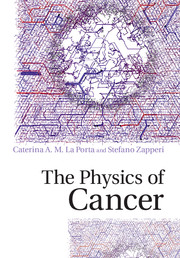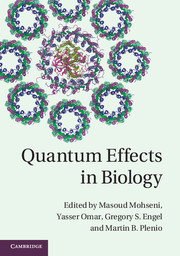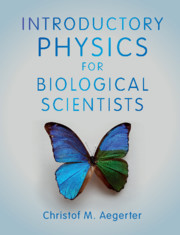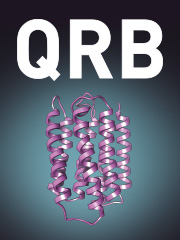Theoretical Biology of the Cell
To understand life phenomena, we must consider form, structure, organization, motion, and the roles they play in “living” functions. This book explores such elements through mathematical methods. Beginning with an overview of dynamical systems and stochastic processes, the chapters that follow build on experimental advances in quantitative data in cellular processes to demonstrate the applications of these mathematical methods to characterize living organisms. The topics covered include not only cellular motions but also temporal changes in metabolic components, protein levels, membrane potentials, cell types, and multicellular patterns, which are linked to functions such as cellular responses, adaptation, and morphogenesis. This book is intended for undergraduates, graduates, and researchers interested in theory and modeling in biology, in particular cell, developmental, and systems biology, also those in the fields of mathematics and physics who are interested in these topics.
- Provides those working in biology an accessible introduction to mathematical methodologies
- Demonstrates the applications of mathematical methodologies for analysing biological experimental data, especially cellular states
- Chapters include exercises to facilitate student learning
Product details
June 2025Paperback
9781009397841
338 pages
244 × 170 mm
Not yet published - available from June 2025
Table of Contents
- 1. Introduction to dynamical systems for biology
- 2. Input-output relationships of cell systems
- 3. Oscillation and excitability in cellular dynamics
- 4. Spatio-temporal pattern formation
- 5. 'fluctuation' of intracellular dynamics
- 6. Langevin equation and Fokker-Planck equation
- 7. Dynamical system model of cell differentiation
- 8. Spatiotemporal pattern produced by cells
- 9. Theoretical approaches concerning the origin of life
- 10. Information and biology
- Notes
- Index.







